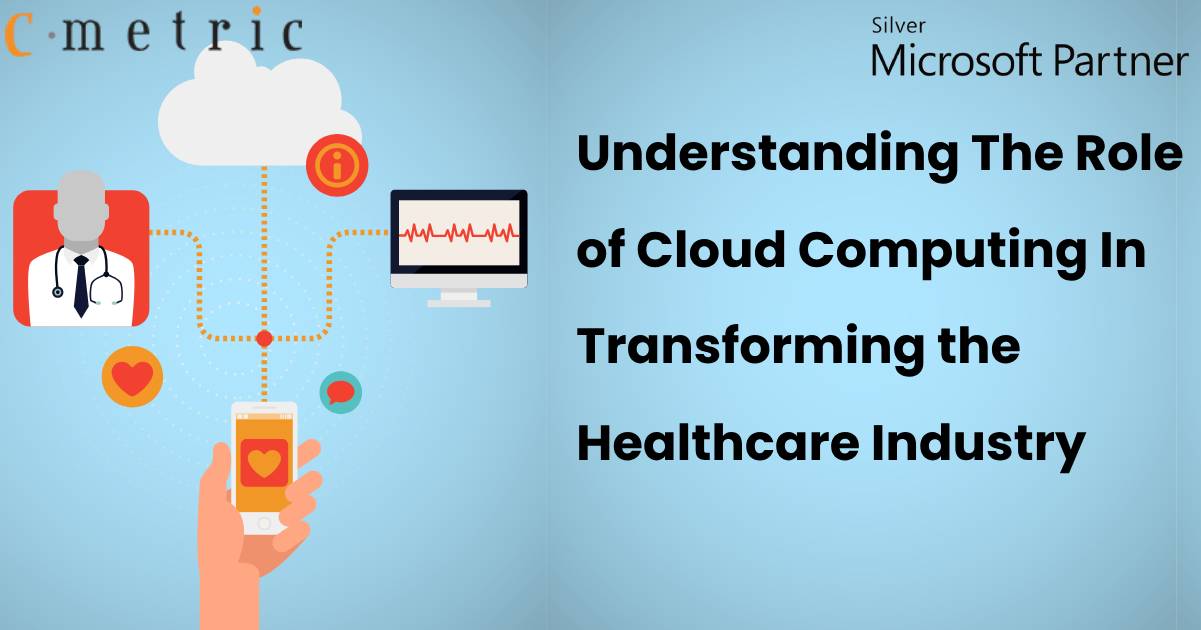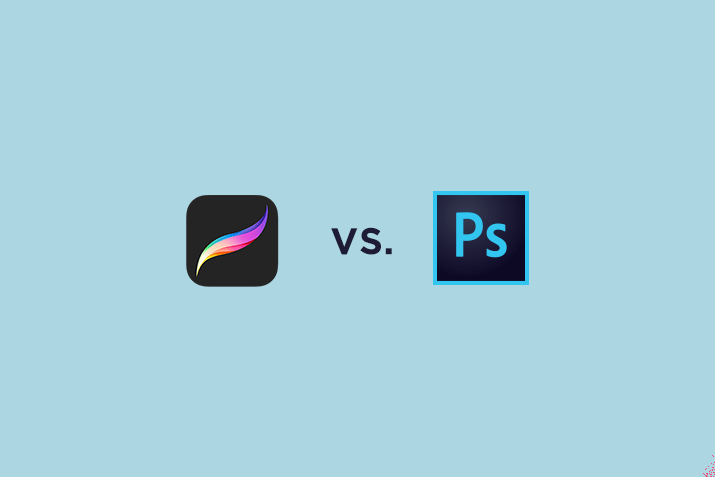Cloud computing took the world by storm soon after its launch. Businesses started moving to the cloud because it was easy to maintain, cost-effective, promoted accessibility, and set them free from the location restrictions of on-premise tools.
While cloud computing has transformed every industry significantly, it brings some outstanding operational changes to the healthcare industry. The way it has made medical aid accessibility is laudable.
From making telemedicine possible to keeping sensitive data safe, Cloud Computing in Healthcare is doing everything required to upgrade and modernize the existing healthcare system. In today’s post, our focus will remain on explaining to you the revolution of Cloud Computing in Healthcare sector and we will also explore the future scope.
Cloud Computing – The Change Maker
Cloud computing has transformed the healthcare industry, revolutionizing how organizations store, access, and utilize data and applications.
Before its launch, the healthcare industry faced multiple challenges, like no direct access to patient data, the risk of losing crucial health data, no options to connect with remote patients, and so on.
These challenges made the then healthcare system crippled to a great extent. If cloud computing weren’t there, COVID-19 would have a stronger impact.
Here is how cloud computing in healthcare is transforming the healthcare sector:
-
Enhanced data accessibility and collaboration
Cloud computing’s biggest contribution to healthcare is making data easily accessible. Before that, data was either saved in hardcopies or in on-premise software. Both the means have limited accessibility and high delivery time. This caused delayed delivery of healthcare services while limiting their usability.
With the introduction of cloud computing, hard data took the form of soft data uploaded to the cloud. Users don’t have to wait to access the key data from there. They can access it anytime and from anywhere. It promoted real-time information sharing, leading to faster and more efficient decision-making.
-
Quick scalability and flexibility
With the introduction of cloud-based tools, healthcare organizations can scale quickly without causing any disturbance to the ongoing operation. As cloud computing makes customization and feature additions easy, healthcare businesses can accelerate their growth and take required resources on board easily.
-
Huge operational cost savings
Running a healthcare business is a very cost-intensive job. While one can’t cut down the expenses on the infrastructure, it’s easy to save on operational costs that are required on hardware and technology. Cloud computing tools don’t ask for heavy investments, like on-premise solutions.
Also, the maintenance cost is involved in the subscription. Many cloud computing tools even have a pay-as-you-go subscription model allowing businesses to have full control over the expenses involved.
Along with better data accessibility, you can experience better data security with cloud computing as features like auto back-up, encryption, and access controls are offered. This way, you can be sure that key data is not lost and remains protected for future generations.
Rising demands for Healthcare Mobile Apps and Intelligent Features
Real-Time Examples of Cloud Computing In Healthcare
While the above points must have made you understand that cloud computing is modernized cloud computing by all means possible. Have a look at some real-time usage of cloud computing in healthcare.
-
Electronic Health Records (EHRs)
To solve the data maintenance and storage issues, the healthcare industry does not have cloud-based EHR systems like Epic Systems and Cerner. Using these tools, it’s easy for healthcare providers to securely store the data, improve its accessibility, and exchange patient records across the globe. It leads to efficient care coordination while reducing paperwork.
It is because of cloud computing that the world today is enjoying telemedicine facilities. With this, healthcare providers and doctors can connect with patients in real time, leveraging cloud infrastructure to securely transmit patient data, images, and video for remote diagnosis and treatment.
-
Medical Imaging and Diagnostics
Thanks to cloud computing, the healthcare system of the present day now has the help of cloud-based medical imaging platforms like Ambra Health and GE Healthcare’s Imaging Cloud, which allows healthcare providers to access and analyze images remotely, enhancing diagnostic accuracy.
-
Health Information Exchanges (HIEs)
We now have cloud-based HIE platforms, such as InterSystems HealthShare and Orion Health, that ensure that there is quick and accurate data exchange, enhancing care coordination and reducing duplicate tests.
With IoT devices such as wearable health trackers and remote patient monitoring sensors, healthcare providers now have a chance to gain real-time insight into the patient’s health and take immediate action.
-
Cloud-based Clinical Trials
Clinical trials, which used to take years to bring substantial results, are also empowered with the use of cloud computing. Wondering how? Researchers can now collaborate and share clinical data in real time while preparing informative reports.
Using cloud-based tools and platforms, it’s easy for researchers to share the research data with fellows and take inputs. They can now work on research from different parts of the country without getting into the hassles of data sharing, as Google Docs or Dropbox will always keep the crucial documents handy.
Cloud computing is facilitating the large-scale storage and exchange of genomic data. With this use of cloud computing, precision medicine is more accurate and advanced as collaboration on research projects is promoted.
Challenges in Using Cloud Computing in Healthcare
No technology is challenge-free, and cloud computing is not an exception here. Before you plan to reap its benefits, you must understand the hurdles you might face. For instance:
- Healthcare providers have to take measures to protect data privacy and security.
- Some legacy systems must be discarded to adopt new cloud computing technologies, and it’s costly.
- Cloud computing requires a stable internet connection. Hence, areas with poor connectivity will fail to enjoy its benefits.
- Some cloud computing solutions and their implementation can be tedious. Hence, healthcare providers may need experts’ help to ensure the transition goes smoothly.
- Using cloud computing requires compliance with certain industry-specific regulations, such as HIPAA.
One can only enjoy cloud computing in full swing if these and many more challenges are addressed properly. For this, healthcare providers need to hire a skilled cloud partner that can deploy the right kind of cloud computing tools in a result-driven manner.
In conclusion
A strong healthcare system is the first sign of a strong nation. The nation’s people will have better productivity when the healthcare system is strong. Cloud computing is one of many ways to strengthen a nation’s healthcare system. By leveraging data accessibility, collaboration, real-time data transfer, and patient monitoring, cloud computing in healthcare is bringing some remarkably positive outcomes for this industry.
However, one needs to have a strategic plan to use cloud computing for its benefits, as its implementation is challenging on multiple fronts. For instance, selecting the right tool and safely migrating the data is important. All of this is possible only when you’ve got the help of a skilled cloud consultant or cloud computing partner.
With a trusted cloud computing services provider like c-metric, it’s easy to understand cloud computing needs and have viable solutions ready. Using professional help reduces the failure of cloud computing implementation.
Source link







Leave a Reply